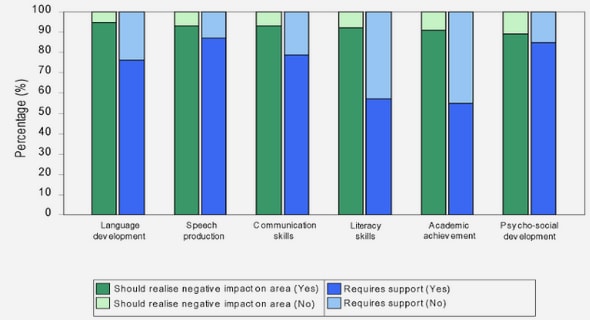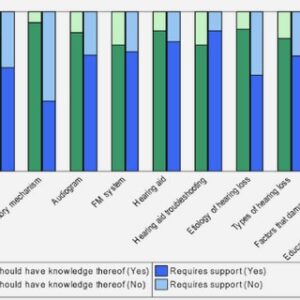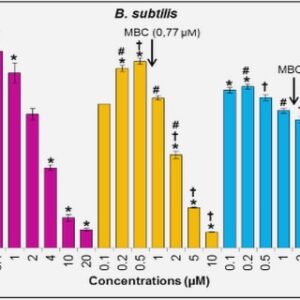(Downloads - 0)
For more info about our services contact : help@bestpfe.com
Table of contents
Chapter I. Magnetic handling of particles in microfluidic devices
1. Microfluidics toward a Lab-on-a-Chip
a. History and state-of-the-art
b. The basis physics of microfluidics
i. Reynolds number
ii. Diffusion
iii. Flow control
2. Lab-on-a-Chip: magnetic microparticles and immunoassays
a. Magnetic microparticles for bioanalysis
i. Magnetic properties
ii. Superparamagnetic microparticles
iii. Structure of microparticles
b. Immunoassay principle
i. Heterogeneous immunoassay
3. Technical aspects of microparticles manipulation
a. On-chip microparticles manipulation
i. Chemical and mechanical trapping of microparticles
Beads immobilization based on chemical interaction
Mechanical trapping
ii. Dynamic manipulation of microparticles
Optical tweezers
Acoustic waves
Dielectrophoresis
Magnetophoresis
b. Magnetic microparticles concept for bioassays
i. System using electromagnets
ii. System using permanent magnets
Chapter II. Integrating fluidized beds in microfluidic systems
1. Introduction
2. Magnetic microparticle transport in a microfluidic device
a. Magnetic force acting on a particle
b. Viscous drag force
c. Particle mobility
3. Magnetic microparticle motion within a plug
a. Microchip design: 1st generation
b. Microparticle capture principle
c. Structure of the magnetic plug
d. Forces acting on a magnetic bead in a flow
e. Hydrodynamic behaviour of the plug
i. Experimental procedure
ii. Hydrodynamic characterization of the plug
Particle bed behaviour
Influence of microparticle amount
Influence of the gap between the magnets
Influence of the microparticle size
f. Conclusion
4. Second device generation: towards an integrated fluidized bed
a. Motivation
b. Fluidized bed: some basics
c. Influence of the bed porosity on the fluid flow
d. Darcy’s law: pressure drop across the bed
e. Pressure-flow relationship in fluidized bed: Minimum fluidization velocit
f. Magnetically assisted fluidized bed
g. Minimum fluidisation velocity
5. Microchip based fluidized bed
6. Spatial magnetic field distribution
7. Fluid flow and particle distribution in magnetic fluidized beds
a. Microparticle capture
b. Pressure drop in the magnetic bed
c. Pressure vs. flow rate hysteresis
d. Flow distribution in the fluidized bed
e. Bed expansion and porosity
f. Fluidized bed activation: control of the fluid resistance
g. Balance between magnetic and drag forces
8. Conclusion
Chapter III. On-chip immunoextraction
1. Introduction
2. Model compounds Ab/Ag
3. Off-chip Ag capture and elution
a. Off-chip characterisation and optimisation of the protocol
i. Materials and methods
ii. Off-chip experiments
4. On-Chip Immunoextraction
a. Description of the experimental set-up
b. Optimisation of the on-chip immunoextraction
5. Results and discussion
6. Preliminary conclusion
Conclusion
Appendix
References



